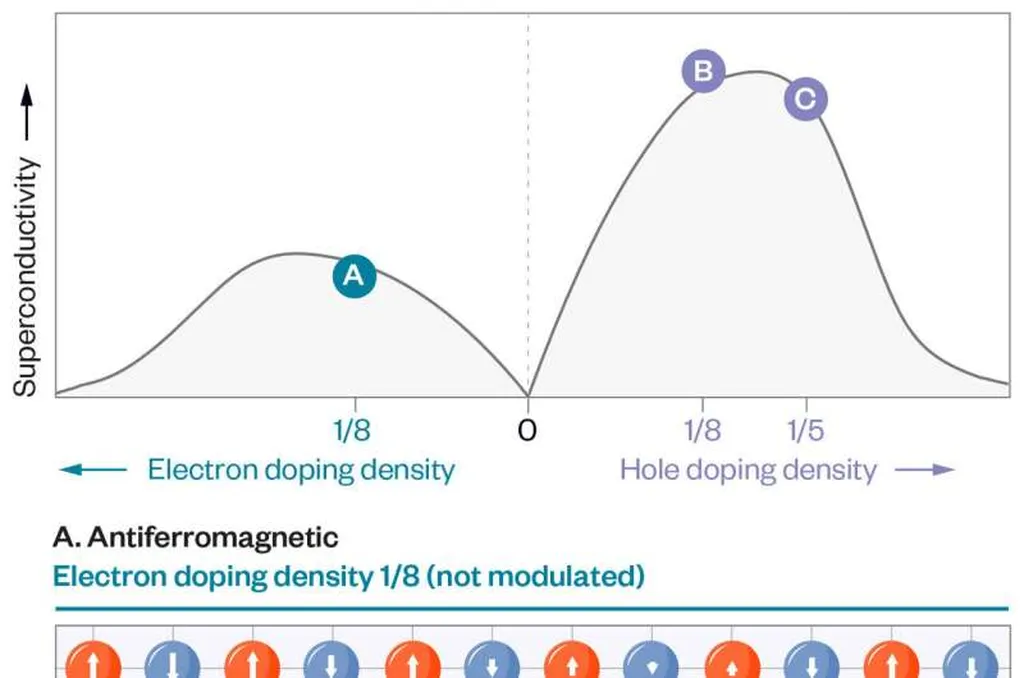Researchers from the University of Edinburgh, the Italian National Research Council, and the European Synchrotron Radiation Facility have made significant strides in the study of high-temperature superconductivity in compressed hydrides. Their work, published in the journal Nature, offers a new approach to understanding and identifying this promising phenomenon, which could have profound implications for the energy sector.
High-temperature superconductivity, which allows materials to conduct electricity without resistance at relatively high temperatures, has been a hot topic in scientific research for the past decade. However, the study of this phenomenon has been hindered by experimental constraints and sample heterogeneity, leading to controversy and skepticism. The researchers addressed these challenges by acquiring high-quality Raman spectra of hexagonal LaH10 at approximately 145 GPa and low temperatures, in conjunction with electrical transport measurements.
Upon cooling, the researchers observed a drop in resistivity and simultaneous remarkable variations in phonon frequencies and linewidths. These effects were interpreted and perfectly reproduced by the Migdal-Eliashberg theory, providing definitive proof of phonon-mediated superconductivity. This theory helps explain how electrons interact with vibrations in the crystal lattice (phonons) to form Cooper pairs, which can move through the material without resistance.
The study establishes Raman spectroscopy as a robust, contact-free probe with micrometric resolution for studying high-temperature superconductivity. This method offers a powerful route to the discovery and characterization of superconducting materials, which could revolutionize the energy sector by enabling more efficient power transmission and storage.
The practical applications of high-temperature superconductivity in the energy industry are vast. Superconducting materials could be used to create highly efficient power cables, reducing energy loss during transmission. They could also enable the development of compact, high-capacity energy storage systems, and improve the performance of electric motors and generators. Furthermore, superconducting materials could play a crucial role in the development of fusion energy, which promises a nearly limitless source of clean power.
In conclusion, the researchers have demonstrated a new, reliable method for studying high-temperature superconductivity, opening up exciting possibilities for the energy sector. As the understanding of this phenomenon continues to grow, so too will the potential for innovative and sustainable energy solutions.
This article is based on research available at arXiv.

